What That “Earthy” Scent Means—and Why It’s a Good Thing
When customers first open a pouch of high-quality mushroom extract—especially one like Turkey Tail, Reishi, or Lion’s Mane—they sometimes pause:
Short answer? Yes. Completely. 100%.
In fact, that scent is a sign of purity, quality, and a mushroom that’s doing what it’s supposed to do—supporting your health with real, active compounds.
This guide explores why these aromas occur, what they tell you about the extract’s quality, and how each mushroom’s unique scent reflects its bioactive fingerprint.
🔍 What Causes the Aroma in Mushroom Extracts?
The distinctive smell of a mushroom extract is far from random—it's the aromatic signature of the mushroom's chemistry, environment, and the extraction method used. These compounds are concentrated and released when the mushroom is dried, ground, and processed into a powder, creating a sensory profile unique to each variety.
🔬 1. Volatile Organic Compounds (VOCs)
Volatile organic compounds are small molecules that easily evaporate and travel through the air to activate our sense of smell. Mushrooms produce a wide variety of VOCs, including alcohols, aldehydes, ketones, and terpenes—each contributing to the aroma you perceive.
-
Benzaldehyde: gives off sweet almond or chocolate notes, often present in Turkey Tail and Chaga.
-
2-Octen-1-ol: produces that quintessential earthy mushroom smell.
-
Phenol derivatives: contribute smoky or medicinal characteristics, especially noticeable in Reishi.
- Esters and lactones: can bring fruity, fermented, or nutty aromas, found in Lion’s Mane and Cordyceps.
These VOCs aren’t added—they’re naturally concentrated through hot water or alcohol extraction, and they offer clues about what’s inside the extract and how it may benefit your body.
🌡 2. Extraction Method Matters
The method used to extract a mushroom’s bioactive compounds also influences its aroma. Each step of the process—from heating to filtering—releases different types of compounds into the air and powder:
-
Hot water extraction: Liberates beta-glucans and polysaccharides, which lend a mild, earthy or nutty scent.
-
Alcohol extraction: Draws out terpenoids and triterpenes that often smell bitter, medicinal, or resinous—especially strong in Reishi.
- Dual extraction: Used in most of our products, it brings together both water- and alcohol-soluble compounds, creating a fuller aroma spectrum ranging from forest-floor to dark chocolate to light citrus.
🌍 3. Terroir and Growing Conditions
Where and how a mushroom is grown also plays a role in its scent. Just like wine grapes or coffee beans, mushrooms reflect the environment they’re cultivated in:
- Substrate (growth material): Impacts mineral content and VOC profile.
- Humidity & altitude: Affect the formation of beta-glucans and polyphenols.
- Seasonal harvest: Determines nutrient density and aromatic compounds.
That’s why each batch may have subtle differences in aroma—these variations are proof that the product is natural, wild-harvested, and free from artificial standardisation or fillers.
👃 Why Do People Smell Mushrooms Differently?
Your perception of smell is more than just chemistry—it’s a complex mix of biology, memory, emotion, and even culture.
Some individuals are naturally more sensitive to certain types of smells due to variations in their olfactory receptor genes. Others may have different scent associations based on personal experiences—like linking bitter Reishi’s scent to Chinese medicine, or the nutty sweetness of Lion’s Mane to roasted grains or cereals.
Even mood and expectation play a role. If someone expects a neutral or sweet scent and instead opens a pouch of Reishi with a sharp, bitter aroma—they might misinterpret it as “off” rather than active. But the very fact that it has a noticeable scent at all is often a positive sign of bioactivity and quality.
🌿 Common Aromas Across Functional Mushrooms
Each mushroom has a unique aromatic profile based on its compounds and extraction process. Here's a breakdown of what you might notice:
| Mushroom | Aroma Notes | Why It Matters |
|---|---|---|
| Turkey Tail | Earthy, cocoa-like, forest-floor | Rich in beta-glucans; hot water extracted |
| Lion’s Mane | Nutty, grain-like, light seafood | Hericenones + dual extract profile |
| Reishi | Bitter, woody, resinous | High in triterpenes; alcohol-soluble actives |
| Chaga | Vanilla, birch, toasted bark | Polyphenols + melanin; long hot infusion |
| Cordyceps | Fermented citrus, mineral-rich, slightly sweet | ATP-stimulating actives and adaptive profile |
🚫 What Doesn’t Smell = What’s Missing
Not all mushroom powders are created equal. If a product smells like flour, cardboard, or absolutely nothing at all, chances are it contains:
- Grain (lab-grown biomass, mostly starch)
- Rice or oat fillers added during cultivation or processing
- Subpar extraction that fails to capture aroma-rich actives
Antioxi powders, on the other hand, are vibrant, dynamic, and rich in aroma—not because we add anything, but because we remove nothing essential.
✅ Why You Can Trust the Scent
Our aromas are never covered up. They don’t need to be. What you smell is the full spectrum of nature’s intelligence—delivered through lab-grade, artisanal extraction using:
- Tailored extraction method most suitable to species-specific actives
- Zero fillers, zero added flavours, just pure functional integrity
- Lab testing from Eurofins, Helix, Alkemist
The nose knows. And your body will too.
🧠 Final Takeaway
That earthy, nutty, or even bitter smell you notice when opening your Antioxi pouch? It’s not something to be wary of—it’s something to celebrate.
It means the compounds are real. The extraction was done right. And your body is about to receive a powerful dose of the natural actives it needs to repair, protect, and thrive.
And it's Antioxi, through and through.

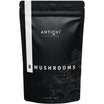
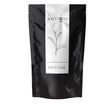





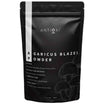
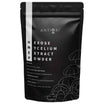
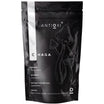

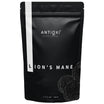

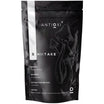

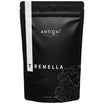
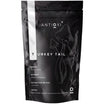

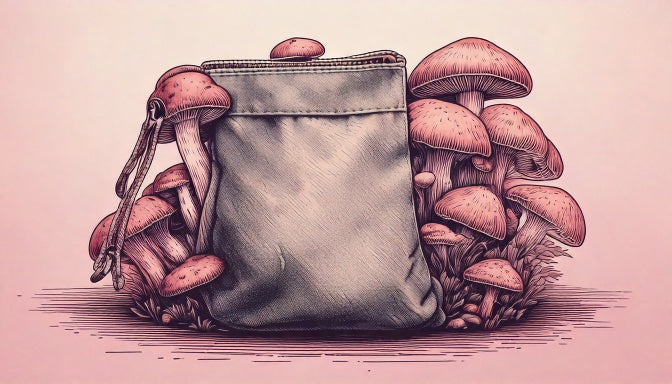

Leave a comment
All comments are moderated before being published.
This site is protected by hCaptcha and the hCaptcha Privacy Policy and Terms of Service apply.